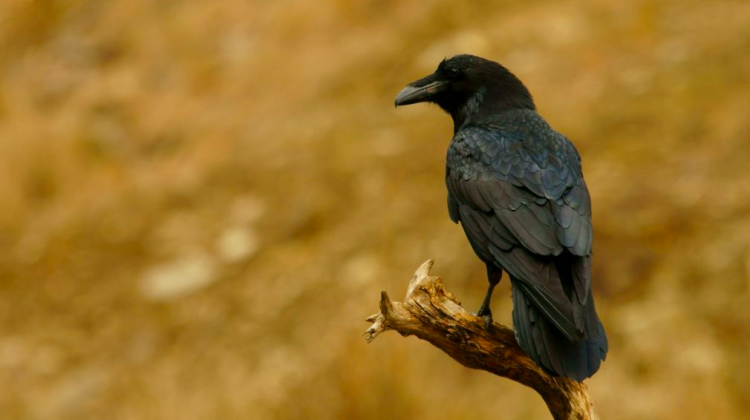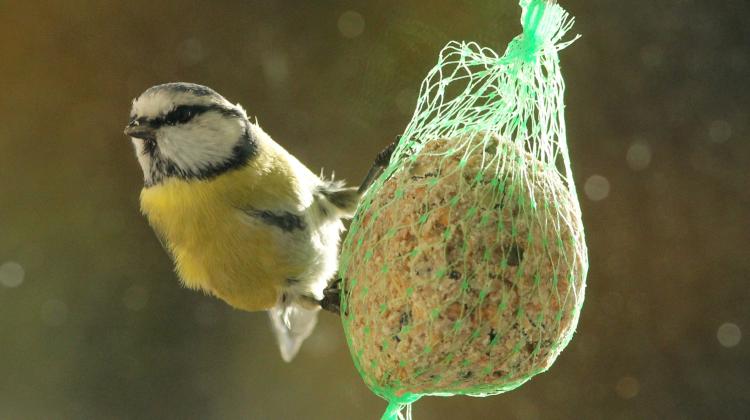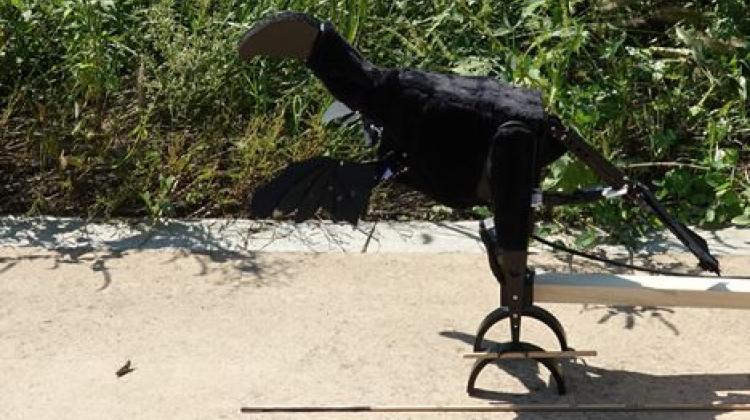Long-lived birds have bigger brains
 Photo: Fotolia
Photo: Fotolia
Research by Lodz scientists shows that longevity in birds - similarly to mammals - was associated with the enlargement of the brain in the course of evolution. The researchers also confirm that birds with the largest relative size of the brain include corvids and parrots.
Prof. Piotr Minias from the Department of Biodiversity Studies, Teacher Training and Bioeducation of the University of Lodz reminds that the evolution of the brain in birds lasted tens of millions of years and led to the fact that we now observe a large diversity in the size and structure of the brain among birds.
The simplest morphological measurement of the brain is its relative mass, which takes into account the difference in body weight of organisms, and which can translate into their cognitive abilities. "If we calculate such a relative mass of the brain, it turns out that among birds we have groups or species that have a very large relative size of the brain" - explains the biologist.
Scientists from Łódź investigated why in some species of birds the brain had a relatively small size and mass, while in others very large, functioning brains had developed in the course of evolution. They focused on one aspect of bird brain evolution - the relationship between the size of the brain and longevity.
The analyses were carried out on almost 400 species of birds. Researchers were able to demonstrate the existence of the same link as in the case of mammals - on average, the brains of long-lived species had higher relative mass compared to shorter-lived species.
"However, this relationship is correlative. We can not say whether it is a causal relationship. And even if it is, we are unable to determine what is the result and what is the cause: whether large brains are the reason for birds living longer, or vice versa" - admits Prof. Minias.
There are several different hypotheses that explain the relationship. The first, according to the researcher the most popular one, is the cognitive buffer hypothesis, according to which such large relative sizes of the brain are associated with a range of cognitive abilities and skills. Animals that have relatively large brains are better at dealing with various social and ecological challenges, adverse situations such as food shortages, and learn better from their own experiences.
Big brains have higher capacity, so these species are able to accumulate much more information that they can use later.
"All these skills should translate into the survival rate of birds. Those that perform better in difficult situations should have a better survival rate in the course of evolution, their longevity should increase. But we cannot test experimentally whether this hypothesis really reflects the mechanism actually responsible for the evolution of the size of the brain in birds" - notes the researcher.
On the other hand, the alternative "expensive brain" hypothesis has been proposed that assumes a reverse evolutionary mechanism. This hypothesis assumes in the case of the species that were long-lived for some reason and their developmental period extended, the possibility of investing significant energy resources in the development of a large brain arose.
According to Prof. Minias, for now it is not known which of these hypotheses is true and - in his opinion - it will probably remain unclear for a long time.
But we do know that there is a certain compromise in the evolution of the brain that takes into account the balance of profits and costs. "Where profits from having a large brain are much higher than costs, evolution and natural selection should work towards increasing the brain size. On the other hand, in species where the balance of profits and costs was less favourable, the process of brain enlargement could be inhibited in the course of evolution" - he notes.
In their research, the scientists from Lodz took into account various groups of birds starting from primitive groups that developed tens of millions of years ago, like galliformes. By investigating all taxonomic groups in terms of the size of their brain during the course of evolution, scientists were able to confirm that corvids, including jackdaws, grey crows, ravens, rooks and magpies, as well as parrots, had the largest relative brain sizes among all the studied groups of birds.
Corvids and parrots are the groups commonly associated with high intelligence. This is indicated by a wealth of evidence in the form of experimental and empirical research showing that in these groups of birds` large brains very clearly translate into their intelligence and cognitive abilities.
"These birds show a whole range of features that only appear in highly developed mammals; for example, they are self-aware in the mirror test, they can recognize their own reflection, they can create or use tools in order to get food" - adds the scientist.
He recalls an experiment, in which water was poured into narrow, glass vessels, and a piece of food attractive to crows was placed on its surface. But the amount of water made it impossible for the birds to reach the food.
"Crows were able to solve this problem in a very creative way. They used the Archimedes` principle - they would find stones and drop them into glass vessels. The water level gradually increased, until the moment when the birds were able to reach the food" - described Prof. Piotr Minias.
PAP - Science in Poland, Kamil Szubański
szu/ ekr/ kap/
tr. RL
Przed dodaniem komentarza prosimy o zapoznanie z Regulaminem forum serwisu Nauka w Polsce.

















